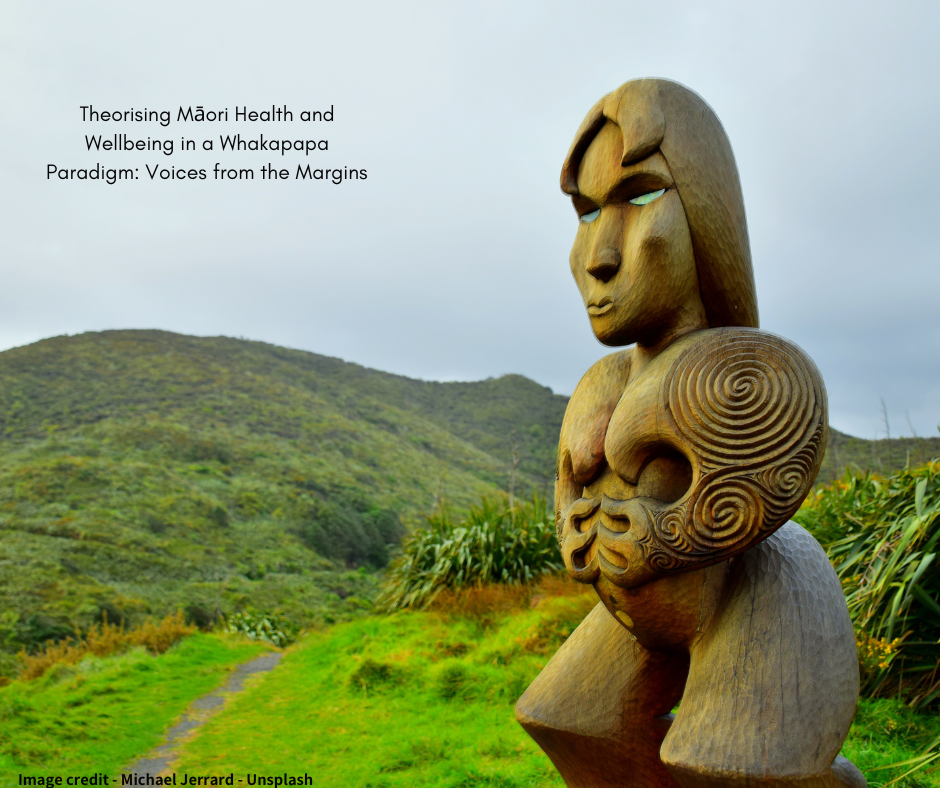This thesis explores communication infrastructures at the margins of Indigeneity to understand Māori health and wellbeing meanings, challenges, strategies and solutions, articulated by whānau whose voices have been ignored, or not sought.
Māori health and wellbeing understandings, forged amidst ongoing colonial processes of socioeconomic and health inequities, are best articulated by Māori with these lived experiences. The communication platforms established by the settler colonial state are infused with power dynamics that determine the communication rules including who can speak, what can be said and how that should be delivered.
The privileging of communicative spaces to experts, leaders, and community champions, shaped by the underlying ideology of whiteness that organises the settler colonial state, forecloses the space to those not fitting these categories.
Māori health and wellbeing meanings emphasise the totality of Whakapapa as a basis for communicating health and wellbeing. Kaupapa Māori theory, and Whakapapa as a super-connector of relationships both in the spiritual and physical domains, anchored the research. Rooted in Māori epistemology, the enduring intergenerational relationship between health and land formed the basis for the participants’ understandings of health and wellbeing.
Positioned also in dialogue with the Culture-Centered Approach (CCA), we foreground whānau voices through the co-creation of voice infrastructures at the margins of Indigeneity, with whānau members candidly sharing lived experiences
navigating health and wellbeing through the establishment of the Feilding advisory group. The interplay of land, rivers and health is a dominant theme. Strategies for improving health and wellbeing include co-creating communicative infrastructures, such as platforms for voices to emerge at the margins of Indigeneity. The campaigns documented buttress the importance of regaining stolen land, (re)connecting to land through the collective establishment of māra kai with the advisory group. Indigenous communication infrastructures disrupt hegemonic, top-down configurations of health and wellbeing campaigns, providing the impetus for localised strategies to emerge into mainstream communicative spaces. Voice and the right for the “margins of the margins” to be listened to by the Crown are also included as taonga in article two, Te Tiriti o Waitangi. The co-creation, resource sharing and decision-making about communicative infrastructures can be harnessed to drive health equity.
20/07/2023
Theorising Māori Health and Wellbeing in a Whakapapa Paradigm: Voices from the Margins
Creator: Christine Elers
Publisher: Massey University

Elers-C-Thesis-Massey-University-27.06.23.pdf
